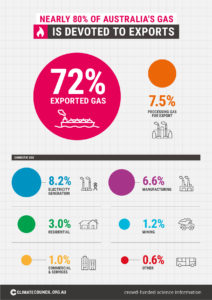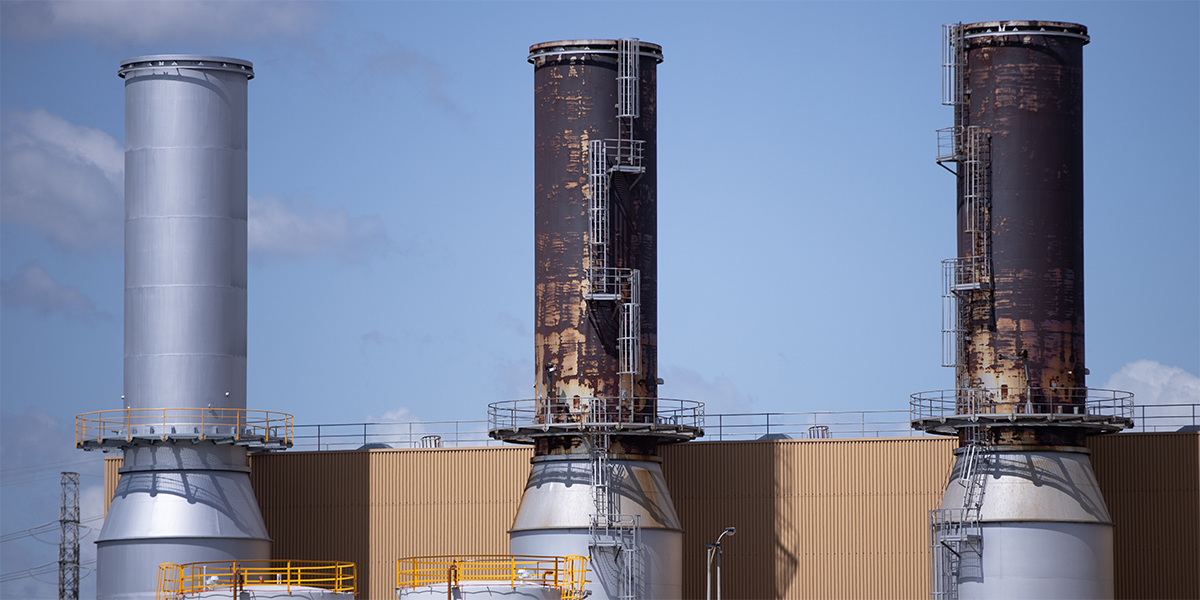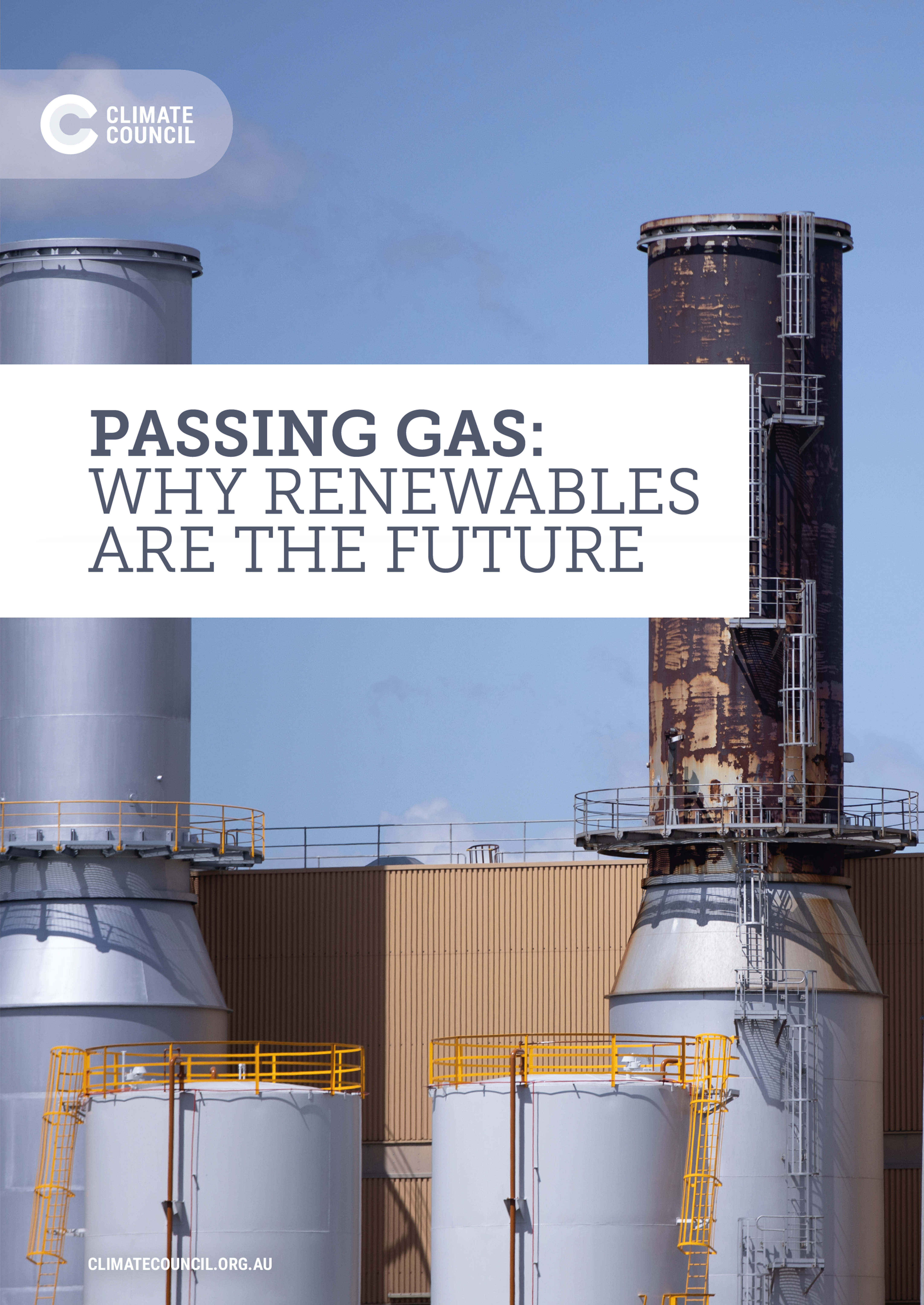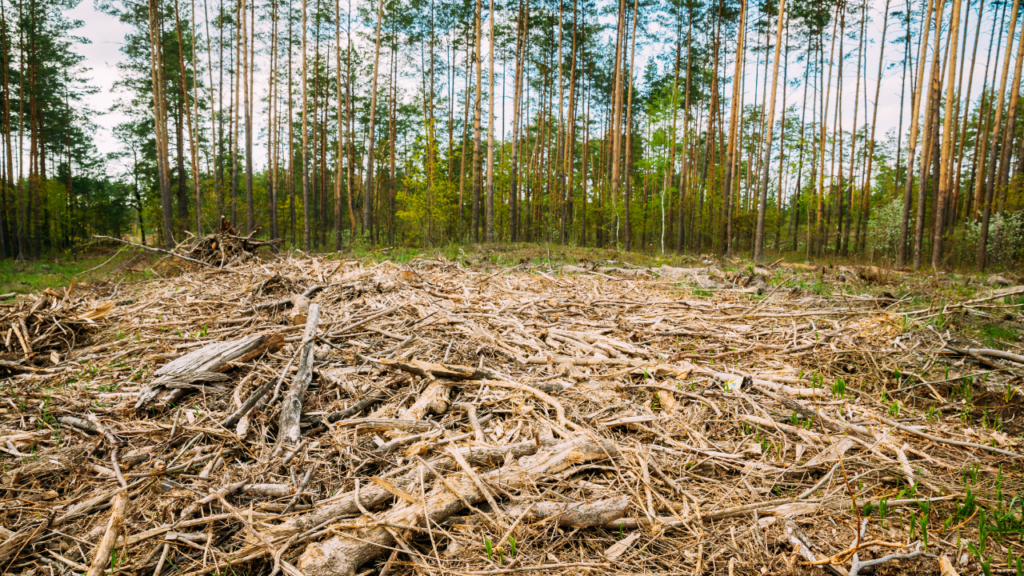The Climate Council’s new report has revealed the extent to which gas is driving climate change – and it is likely to be worse than the official figures suggest.
Extracting and burning more gas puts Australians in harm’s way. We are already in the grip of a climate crisis having endured the Black Summer bushfires, devastating drought and the third mass bleaching of the Great Barrier Reef in five years. The only way to keep us safe is to transition to renewables as quickly as possible.
The report ‘Passing Gas: Why Renewables are the Future’ explores the Government’s pledge to the gas industry and uncovers some unsavoury truths: that emissions from gas are under-reported, that the second biggest user of gas in Australia is the gas industry itself, that the international gas market is in crisis and Australia is dangerously exposed to job losses and price volatility.
The Government, in shirking renewables and backing gas, is digging up our past to spite our future.
Key findings
1. Australia’s in the grip of a climate crisis. Extracting and burning more gas escalates risk and puts more Australians in harm’s way.
- The past year of climate extremes—an unprecedented drought across vast swaths of Australia, the Black Summer bushfires, and a third mass bleaching of the Great Barrier Reef in five years—was driven by the 1.1°C of warming that’s already occurred as a result of climate change.
- Climate change is driven by the consumption of fossil fuels: coal, oil and gas. Although a limited and discrete use of existing gas may be necessary as we fully transition to renewables and storage, if we are to avoid slipping from a climate crisis to a full-blown catastrophe there cannot be any expansion of fossil fuel production of any kind.
- There is still a chance to hold global temperatures to well below 2°C above pre-industrial levels, but any new fossil fuel infrastructure puts this target at risk. That includes any new gas production, or new gas projects.
2. Gas causes climate harm and its emissions are under- reported in Australia.
- Even before it is burned, gas causes climate harm. The main component of gas, methane, is a greenhouse gas nearly 100 times more potent than carbon dioxide in the short term. Along the entire gas supply chain large quantities of methane are emitted.
- Australia is not counting the true contribution of gas towards climate change. Upstream emissions of gas, as well as other leaks, are under reported, using out-of-date measures based on decades- old analyses conducted in other countries. Once corrected, the supposed climate benefit of gas often disappears.
Passing Gas: Why Renewables are the Future

Proportion of gas consumed in Australia by sector (2018-19 financial year). Data source: Department of Industry, Science, Energy and Resources (2020a).
3. The international gas market is in crisis, and Australia is dangerously exposed to job losses and power price volatility.
- A drastic increase in our gas exports has exposed Australia to international boom-and-bust market cycles. The wholesale price of gas reached record highs for most Australians between 2016 and 2019, before plummeting as a result of a global supply glut in late 2019.
- Most of Australia’s gas is expensive to produce compared to international competitors. The centrepiece of the Federal Government’s gas-led recovery, a stretch goal of $4 per gigajoule for gas, was described as a ‘myth’ by the extraction industry’s own lobbyists.
- The combined impact of COVID 19 and a price war between Russia and Saudi Arabia saw the Australian oil and gas industry lose more jobs than any other sector of the economy in the first round of job losses this year; shedding 40% of its employees between March and April 2020.
4. The second biggest user of gas in Australia is the gas industry itself, and that is costing all Australians.
- In 2019, Australia became the world’s largest liquefied gas exporter, with nearly three times as much gas exported than is used in Australia each year.
- Rising emissions from the gas industry are cancelling out all the gains we have made in building a record amount of solar and wind.
- More than one quarter of all gas consumed in Australia is burned by the gas industry to liquefy and chill gas for export overseas.
5. We do not need new gas when renewables are cheaper and cleaner.
- Seismic shifts in the economics of renewables over the past decade mean new gas infrastructure is not needed. The cost of the core components of lithium ion batteries, used for battery storage, have fallen by nearly 90% in the past decade, from $1,100 per kilowatt hour in 2010 to a mere $156/kWh in 2019.
- It will be more expensive for Australia to transition from coal to gas. Wind and solar powered generation, even after being backed by storage, is the cheapest form of new electricity generating infrastructure.
- The Australian Energy Market Operator sees a steadily shrinking role for gas over the next 20 years. In most scenarios, more than two thirds of gas power stations will retire, without being replaced with new ones.
- Incentivising gas-powered generation means disincentivising cheaper and smarter options. As the sunniest and windiest inhabited continent on the planet, and with careful planning of infrastructure, Australia can transition to 100% renewable electricity supply firmed by a mix of storage, and demand side solutions.
“We are already in the grip of a climate crisis having endured the Black Summer bushfires, devastating drought and the third mass bleaching of the Great Barrier Reef in five years, and extracting and burning more gas only puts Australians in harm’s way.” – Amanda McKenzie, Climate Council CEO
Want to be the first to receive our reports about climate change? Join the Climate Council today.












